Tony Robbins is an American author, philanthropist, Motivational Speaker, Personal Finance Instructor, and life coach. He is well known for Self-help books such as Unlimited Power, Unleash The Power Within, and Awaken The Giant Within.
He inspires me (and many others) to have a better perspective on life and get things done. Everyone has something to learn from Tony, no matter what stage of life you’re in.
“Awaken the Giant Within” talks about how to take immediate control of your mental, emotional, physical, and financial destiny. Robbins states that people struggle for change and do not know why their bad behavior or habits are bad.
He then discusses numerous proven strategies for making one’s behaviors a conscious instead of an unconscious habit.
Removing the limiting thought patterns which keep one stuck in their current position allows one to unlock seemingly endless possibilities for achievement.
Robbins conveys this information through easy-to-understand prose, presented as “Awaken the Giant Within.”
Chapter 1: Dream of destiny
1. Raise your standards:
It starts with turning your “Shoulds” into “Musts.” When you raise your standards, turn your “Shoulds” into the “Musts,”. Write down all the things you won’t accept and tolerate and all the things you want to be. Then, you are making an inner shift to control your life’s quality.
2. Change your limiting belief:
knowing you can reach your goals requires a sense of certainty. It would help if you took control of your belief system. You can reshape and reform your ideas to take action toward your dream. Like many people struggling with limiting beliefs, once they identify those limiting beliefs that stop them from improving their quality of life, they will learn to change their state instantly. You have the opportunity to create the extraordinary in your life
3. Change your strategy:
To change your plan, model the best. Work backward from what works. As Tony Robbins would say, “Sucess leaves clues” If you start from scratch, you are doing it wrong. Learn from others’ learning, and leverage upon their learnings; this saves you time and helps you find paths and approaches that work.
Types of mastery you’ll need:
1. Emotional Mastery– virtually everything we do is to change the way we feel.
2. Physical Mastery – you must have physical health to enjoy your dreams.
3. Relationship Mastery – you don’t want to be by yourself.
4. Financial Mastery – you need a game plan.
5. Time Mastery – make time your ally rather than your enemy.
Chapter 2: Decisions- The pathway to power
Robbins says that decision plays a vital role in our lives; it is our decision that makes us and also says we need to understand how important making a good decision matters in our lives, hence to make correct and good decisions, here Robbins recommend making more and more decision, this way we will learn from them.
The way to make better decisions is to make more of them. It would help if you kept doing that because repetition is the mother of skill. If you truly decide to, you can do almost anything. You have to commit.
The three decisions that control your destiny:-
- Your decisions about what to focus on.
- Your decisions about what things mean to you.
- Your decisions about what to do to create the results you desire.
Chapter 3: The force that shapes your life
In this chapter Tony Robbins Talk about Emotions and Sensations, which are linked with our thoughts; he asks us to identify which emotions empower us.
Everything we do, either out of our need to avoid pain or our desire to gain pleasure. For most people, the fear of loss is much greater than the desire for gain. The secret of success is not pain or pleasure but how you use pain or pleasure. If you do that, you’re in control of your life. If you don’t, life controls you.
What you link pain to and what you link pleasure to shapes your destiny. If we link massive pain to any behavior or emotional pattern, we will avoid indulging in it at all costs.
“If you are distressed by anything external, the pain is not due to the thing itself by to your estimate of it; and this you have the power to revoke at any moment.” – “Marcus Aurelius.”
Not actual pain drives us, but our fear that something will lead to pain. It’s not absolute pleasure that drives us, but our belief, our sense of certainty, that somehow taking a specific action will lead to happiness.
Chapter 4: Belief systems
Robbins talks about two types of belief systems 1- limiting belief system and 2- Empowering belief system.
To remove the Limiting belief system, we need to associate old beliefs with pain by telling ourselves and convincing our mind that if we stick to the old limiting belief, we will not grow and will never improve.
Hence if we want to expand and move ahead in life, we must cut and eliminate the old limiting belief.
Faith is a power that can both create and destroy you. First, we need to realize that our beliefs can make us sick or healthy in a moment.
They affect our immune systems. They give us the resolve to take action. Global beliefs are our giant beliefs about everything, such as identities, people, work, time, money, and life.
Once accepted, our beliefs become unquestioned commands to our nervous systems, and they can expand or destroy our present and future possibilities.
Chapter 5: Change can happen in an instant
Here Robbins explains that once we adopt change, it becomes difficult to maintain it for a long time. Hence to retain it for a long time, he suggests training our nervous system to succeed, and we need to prepare it over and over again; for example, saying that I quit smoking and not smoking one day is easy, but not to smoke forever is quite tricky hence we need to Control we need to train ourselves for this.
All changes are created in a moment. It’s just that most of us wait until certain things happen before deciding to make a shift.
People think changes take so long because most people have tried repeatedly through willpower to make changes and failed. Our culture also has a set of beliefs that prevents us from being able to utilize our inherent abilities.
Each time we experience a significant amount of pain or pleasure, our brains search for the cause and record it in our nervous systems to enable us to make better decisions about what to do in the future.
How to change anything in your life
Step 1: Decide what you want and what’s preventing you from having it now.
Step 2: Get leverage – massive associated pain to not changing NOW and an enormous pleasure to the experience of changing now (change is almost always a question of motivation, not ability).
Step 3: Interrupt the limiting pattern (we can’t keep doing the same thing and running the same inappropriate practices…. do something crazy to interrupt those things. Like eat as much chocolate as possible until you’re sick of it, or when you start to feel depressed, jump up and yell in an idiotic tone, ‘Hallelujah, my feet don’t stink today!”
Step 4: Create a New Empowering Alternative (if you don’t have an alternative, your change will only be temporary).
Step 5: Condition the new pattern until it’s consistent (your brain can’t tell the difference between something you vividly imagine and experience).
Step 6: Test it.
Chapter 6: How to get what you want
People sometimes need to learn what they want; they distract themselves with various artificial mood alterants. Whatever you need, first ask yourself why do you need all that.
It all comes down to the fact that you want these things or results because you see them as a means to achieve certain desired feelings, emotions, or states.
The difference between acting badly or brilliantly is not based on your ability but on the state of your mind and body at any given moment. Your behavior is not the result of your ability but the condition you’re in now.
Every emotion you ever feel has specific physiology: posture, breathing, patterns of movement, and facial expressions. Create ways of training that create confidence, a sense of strength, flexibility, a sense of personal power, and fun. The central part of emotion is created by motion. Your body leads your feelings.
Chapter 7: Questions are the answers
If we want to change the quality of our lives, we should change our habitual questions. Successful people askes better questions, and they got better answers because of that. Quality questions create a quality life.
If you ask your mind a terrible question (like why can’t I ever succeed?), it will give you an answer even if it has to make something up (like “because you’re stupid”). The questions you don’t ask will also shape your destiny.
Problem-Solving Questions
- What is great about this problem?
- What still needs to be improved?
- How will I make it the way I want it?
- What will I no longer do to make it the way I want it?
- How can I enjoy the process while I do what is necessary to make it the way I want it?
- Ask yourself questions in the morning while you’re getting ready.
- What am I happy about in my life now?
- What am I excited about in my life now?
- What am I proud of in my life now?
- What am I grateful for in my life now?
- What am I enjoying most in my life right now?
- What am I committed to in my life right now?
- Who do I love? Who loves me?
Chapter 8: Vocabulary of ultimate success
Your words have power. The words you use always affect how you communicate with yourself and what you experience. The words we attach to our experience become our experience.
Adopting someone else’s vocabulary could also help you adopt their emotional patterns. Robbins says Words can injure our egos or inflames our hearts; we can instantly change any emotional experience simply by choosing new words to describe our feelings.
Most of us don’t realize that the words you habitually choose also affect how you communicate with yourself and, therefore, what you experience.
For example, if you develop a habit of saying you “hate” things – you “hate” your hair, you hate your job, do you think this raises the intensity of your negative emotional states more than if you were to use a phrase like. I prefer something else.
Effectively using Transformational Vocabulary—a vocabulary that transforms our emotional experience—breaks unresourceful patterns, makes us smile, produces different feelings, changes our states, and allows us to ask more intelligent questions.
Once you understand the power of words, you become highly sensitized not only to those you use but also to those around you.
Chapter 9: The power of life metaphors (character, symptom, sign)
What is a metaphor? Whenever we explain or communicate a concept by likening it to something else, we use a metaphor” The metaphor is perhaps one of man’s most fruitful potentialities.
Metaphors are symbols; as such, they can create emotional intensity even more quickly and thoroughly than the traditional words we use.
Metaphors can transform us instantly. When we don’t understand something, a metaphor provides a way of seeing how what we don’t understand is like something we do. The metaphor helps us to link up a relationship.
How people deal with emotions:
- Avoidance (people try to hide from things.
- Denial (disassociating from feelings).
- Competition (“I’ve got it worse than you do”).
- Learning and using (neither trivializing emotions nor letting them run your life.
6 Steps to Emotional Mastery :
- Identify what you’re feeling.
- Acknowledge and appreciate your emotions, knowing they support you.
- Get curious about the message this emotion is offering you.
- Get confident (remember a time you’ve had this emotion before and successfully handled this emotion before).
- Get confident you can handle this not only today but in the future as well.
- Get excited and take action.
Chapter 10: Creating a compelling future
Big goals produce giant motivation. “You’re not lazy… you have impotent goals.” Setting goals is the first step in turning the invisible into the visible – the foundation for all success in life.
Accomplishing all goal setting should immediately become a consistent action and plan. The direction we’re going is more important than individual results.
To determine your goals, write down everything you could imagine you want to achieve in specific categories (career, finances, personal development, etc.).
Then, give a time limit to each one, choose your top one, and write a paragraph about why you’re committed to it. It would help if you immediately began to create momentum.
Chapter 11: The ten-day mental challenge
The mark of a champion is consistency. For the next ten days, commit to taking complete control of all your mental and emotional faculties by deciding that you will not indulge in or dwell on any unresourceful thoughts or emotions for ten consecutive days.
Don’t ignore problems – just put yourself in a better mental and emotional state to devise solutions and act on them. Never spend more than 10 percent of your time on the problem; spend at least 90 percent on the solution.
If you decide that you’re going to take on the Ten-Day Challenge—I believe that you’re going to spend 100 percent of your time on solutions and no time on problems.
Chapter 12: Life values- Your compass
All decision-making comes down to value clarification. Events can shift a person’s values. So it’s essential to understand what’s most important in our lives and decide to live by these values, no matter what happens. If you need help choosing, it’s probably the result of unclear values.
Rules: If you’re not happy, here’s why
People have beliefs about what has to happen to feel good about an experience. But in reality, NOTHING has to happen for you to feel good.
If you structure your happiness on something you can’t control, you’ll always experience pain. Rules are shortcuts for our brains. Most of us create numerous ways to feel bad, but only a few ways to feel good.
How to tell if a rule empowers or disempowers you:
- It’s a disempowering rule if it’s impossible to meet.
- It’s disempowering if something you cannot control determines whether it’s been met.
- It’s disempowering if it only gives you a few ways to feel good and lots of ways to feel bad
Chapter 13: References- The fabric of life
Prior experience shapes your core beliefs and values. The more occasions we have, the greater our potential level of choices- the more we can effectively evaluate what things mean and what we can do. How we use our references determines how we feel because whether something is good or bad is based on what you’re comparing it to.
Identity: The key to expansion
We all have certain beliefs about our identity. Your capability is constant, but how much of it you use depends upon the identity you have for yourself. Humans have a strong need for consistency.
As we develop new beliefs about who we are, our behavior will change to support the new identity.
Thus, we see that Awaken The Giant Within is a powerful book that can get the giant sleeping with you up and running and create the life of your dream.
Awaken The Giant Within Book Review
Throughout the book, Robbins shares inspiring anecdotes and success stories, illustrating how individuals have transformed their lives using the principles outlined. These stories serve as powerful reminders that anyone can achieve greatness, regardless of their circumstances.
It isn’t a book you read once and put aside. It’s a valuable resource that you’ll want to revisit time and time again. Robbins provides practical exercises and tools that can be applied in various areas of life, ensuring long-term growth and personal evolution.
While some might argue that the book could be condensed, I believe that its length is justified. Robbins takes the time to delve into each topic, providing thorough explanations and examples. This comprehensive approach allows readers to better understand the concepts and how they relate to their own lives.
Conclusion
In conclusion, “Awaken The Giant Within” is a masterclass in personal development. Tony Robbins’ ability to ignite motivation and inspire action is unparalleled. Whether you’re seeking to improve your relationships, achieve financial success, or find fulfillment, this book will equip you with the mindset and tools necessary to create lasting change. It’s an empowering journey that will awaken the giant within you and set you on a path to personal transformation.
Awaken The Giant Within Book Review
The book is organized into four main sections: Unleash the Power, Taking Control, The Seven Days to Shape Your Life, and A Lesson in Destiny. Each section is filled with actionable steps, thought-provoking exercises, and real-life examples that illustrate the power of personal change and the importance of self-mastery.
One of the most valuable aspects of “Awaken The Giant Within” is its emphasis on the power of decision-making and its role in shaping our lives. Robbins encourages readers to take responsibility for their choices, set clear goals, and develop a compelling vision for their future. He also delves into the psychology of change, providing insights into how our beliefs, values, and emotions influence our actions and experiences.
“Awaken The Giant Within” is a comprehensive and inspiring guide to personal growth and self-improvement. Its practical approach, combined with Robbins’ engaging writing style, makes it an essential read for anyone looking to unlock their full potential and create lasting change. Highly recommended for those seeking to take charge of their destiny and unleash the power within.
Contents
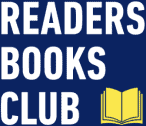
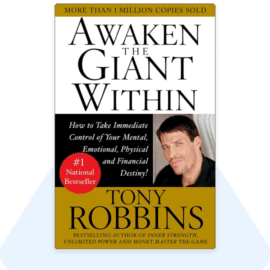
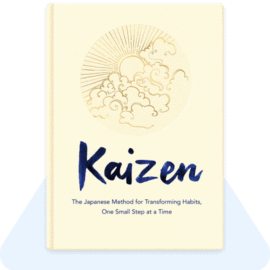
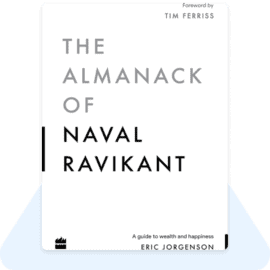

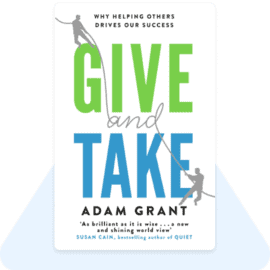
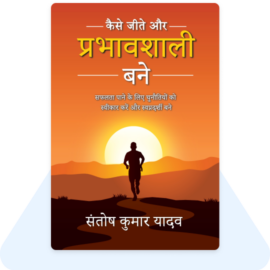
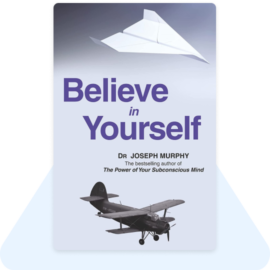
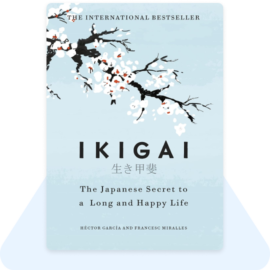
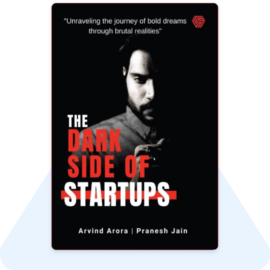
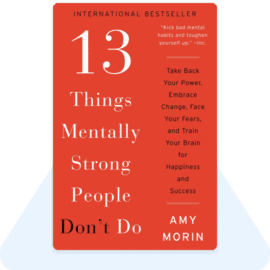
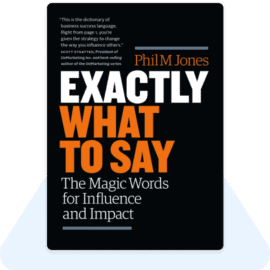
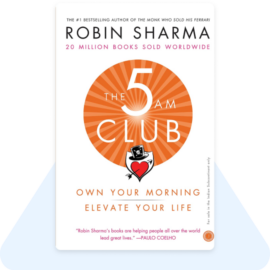
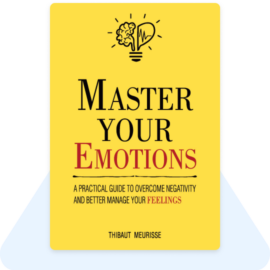
Dear Team RBC + Amit Kumarr
Good day
Ending my 11th day challenge with book summary of Awaken Giant Within. Initially I thought tony Robn is just onother motivational speaker (and i am big fan of him for that reason), but after reading this book summary (this is my second time) yes mind has opened on various new concept & understood that we all have Giant within & once he wakes up nothing is impossible in this world.
Thanks for wonderful summary
Deepest Gratitude & Lots of Love
Gonna Spend 100% time on my solutions … thankyou soo much for this ?